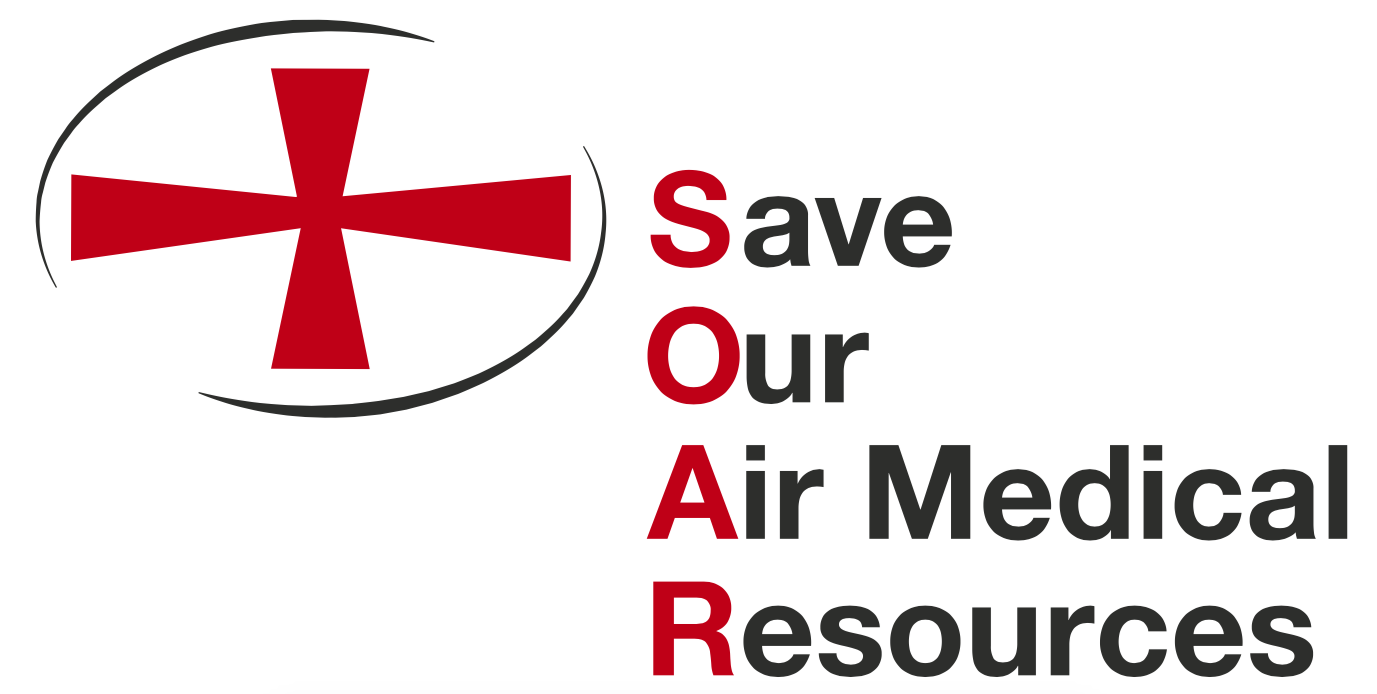As anyone who has suffered a traumatic brain injury, stroke, or major cardiac event can tell you – when tragedy strikes, getting immediate access to emergency care can mean the difference between life or death. Every minute counts when it comes to improving a patient’s outcome in an emergency situation, which is why air ambulances are a vital part of ensuring access to emergency care in rural America, where 120 hospitals have closed over the past 10 years.
Yet, despite its importance, many insurers refuse to cover emergency air medical services. This often leads to patients receiving a balance bill for remaining charges that their insurers won’t cover.
The reality is plain and simple: balance bills happen because insurance companies will do anything to protect their revenues. Unfortunately some recent news stories completely miss this in an attempt to demonize the air ambulance industry. They gloss over the fact that most large insurers are more concerned with profits than patients, while air ambulances deploy whenever and wherever they are called regardless of a patients’ ability to pay.
Nearly 90 percent of patients flown by an air ambulance have suffered a stroke, heart attack, or another serious trauma, and the air ambulance that flew them was only deployed after an attending medical professional or first responder on the scene determined it was necessary based on the patient’s condition and proximity to the most appropriate medical facility. Despite the severity of the situations that lead to air ambulance transport, almost 50 percent of privately insured patients have their claim initially declined by their insurance company, and in just under half of these denials the reason given is that the insurer decided that the transport was not “medically necessary.”
If a doctor has already deemed a transport medically necessary, then why would insurance company accountants override that determination after-the-fact?
Americans are becoming increasingly familiar with the medical necessity argument as many are still receiving bills for COVID-19 testing, despite provisions laid out in the CARES Act. Insurers like UnitedHealthCare are making the distinction that they will only cover the cost of “medically necessary” COVID-19 testing, which excludes testing to screen for general workplace health and safety.
This is bad behavior, but it is not the only tactic insurers utilize to avoid covering patients’ bills. Many also use narrow provider networks, refusing to bring air medical services in network, even though a Sierra Health Group study conducted in Montana found that providing emergency air medical services would only raise premiums by about $1.70 per person. With so many large insurers like Cigna, Aetna, and UnitedHealth refusing to bring air medical services in network, it’s no surprise that an estimated 77 percent of all air ambulance claims are out of network.
During the ongoing pandemic, air ambulances have transported an estimated 10,000 COVID-19 cases and have played an important role in relieving overcrowded hospitals from Nebraska to New York City by transporting intubated patients to better-equipped facilities. Air ambulance bases and flight teams are on call 24/7, 365 days per year – a level of readiness that is no doubt costly (and 85 percent of those costs are fixed), but undeniably critical.
This system is unsustainable if providers are not reimbursed. Air ambulance providers do everything they can to help patients avoid balance bills, including establishing robust patient advocacy programs to help navigate the insurance appeals process since the majority of claims are denied on first submission.
It is high time for insurers to step up and pay their fair share, especially as they enjoy massive profits amid a pandemic while most Americans feel the economic strain of layoffs and business closures. It is more important now than ever that big insurers stop leaving patients – and providers – in the lurch.

